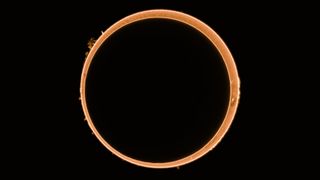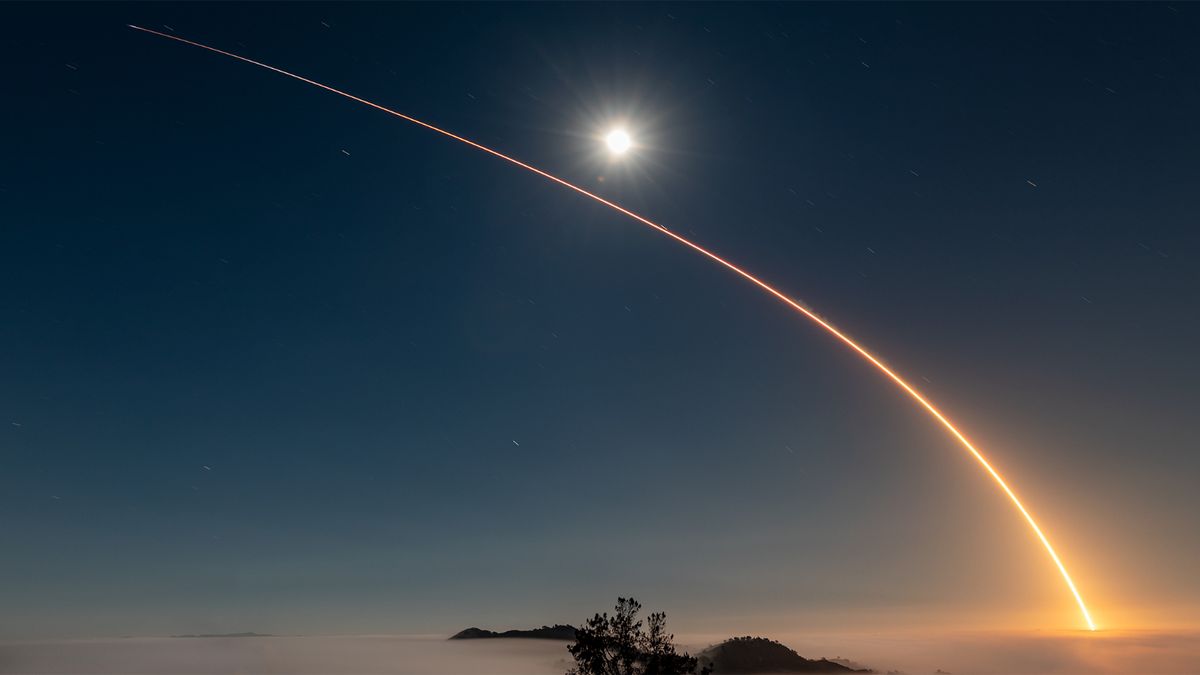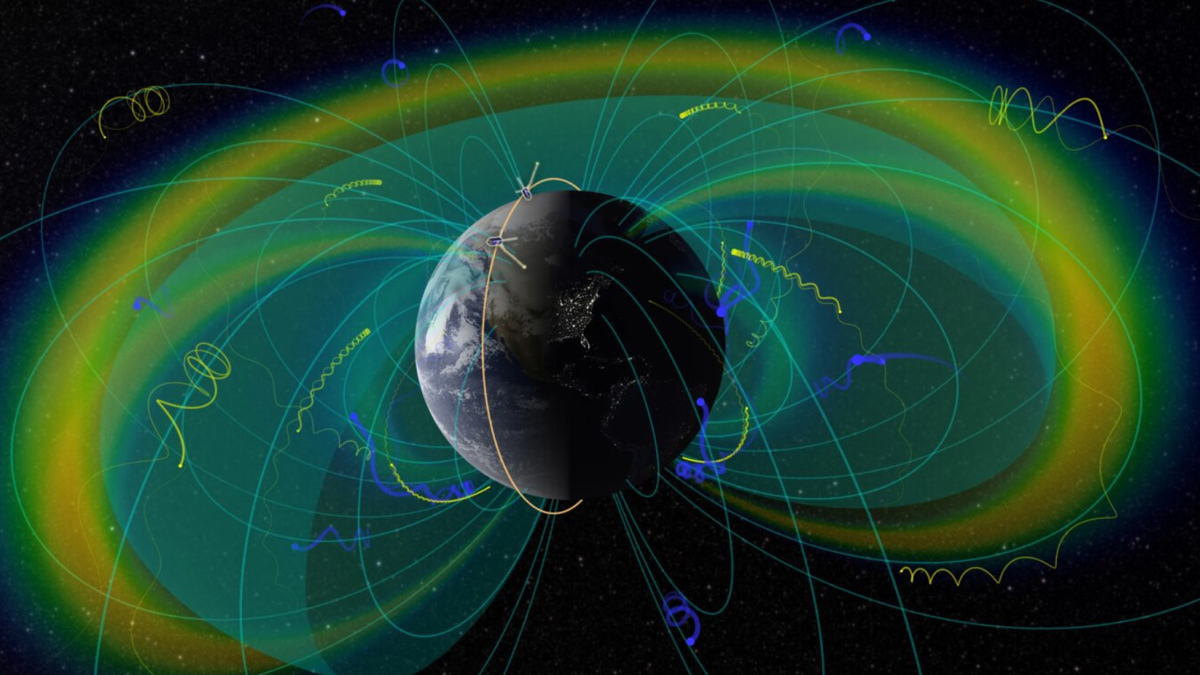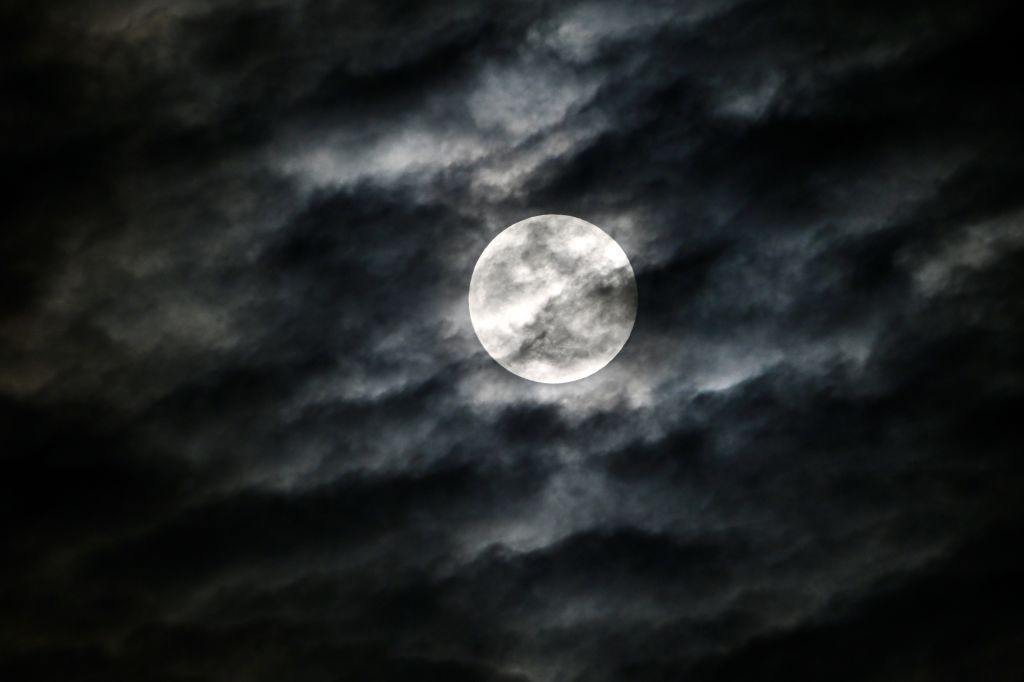A "ring of fire" shines over Easter Island in a spectacular new image of the annular solar eclipse on Oct. 2.
An annular solar eclipse occurs when the moon is at its farthest from Earth, also known as apogee, as it passes between our planet and the sun. At this position, the moon appears smaller in the sky and can't cover the entirety of the sun's disk, causing sunlight to form what is referred to as a "ring of fire" around the moon.
The annular solar eclipse on Oct. 2 was visible from areas in the Southern Hemisphere, including Easter Island in the eastern Pacific Ocean. Skywatchers were treated to a stunning "ring of fire" surrounded by the iconic moai statues.
Many eclipse-chasers from across the globe gathered on Easter Island, also called Rapa Nui, to observe the annular solar eclipse. Skywatcher Aditya Madhavan shared a spectacular photo taken of the moon poised in front of the sun and his experience capturing the perfect shot.
"This particular shot actually wasn't too difficult to plan, but the execution itself was challenging. Prior to eclipse day, I had no real idea of what the observing site looked like, so scouting out a location to set up and get all of the gear deployed is always a bit tricky," Madhavan told Space.com. "I actually had three cameras going: one with a fisheye lens to do a wide composite, one shooting through a telescope with a standard white light solar filter, and a astro camera shooting through a solar telescope that only passes light in the hydrogen-alpha wavelength of 656.28nm."
The photo Madhavan shared was taken at 2:06 PM local time on Oct. 2, 2024, using a Lunt H-alpha telescope. Madhavan was located atop the Rano Kau volcano on Easter Island during annularity — the maximum phase of the annular eclipse — which lasted 5 minutes, 48 seconds, according to TimeandDate.com.
"Every eclipse is a learning experience!" Madhavan said. "Annular [solar eclipses] in many ways are actually easier to photograph than total eclipses. For an annular, you can get away with the same exposure for every moment of the eclipse. Since even the smallest fraction of unobscured sun is dangerous for cameras (and eyes!), you never take the filter off, and since the luminosity of the sun's surface is consistent and bright, the exposure doesn't change either."

When viewing an annular solar eclipse it is important that you never look directly at the sun without solar eclipse glasses designed for solar viewing. This is because part of the sun is still visible and the sunlight can cause severe damage to your eyes. You can learn more about that with our guide on how to observe the sun safely to ensure you are prepared for the next partial solar eclipse in March 2025. It is also important to equip cameras, telescopes and binoculars with a solar filter at all times. Check out our guide on how to photograph a solar eclipse for more tips and tricks.
Leading up to the eclipse, Madhavan was concerned about the potential for clouds to obscure his (and his cameras') view. Given Easter Island is located just south of the tropics and surrounded by vast oceans, it can be subject to inclement weather, Madhavan said.
"Thankfully the forecast was in our favor, and on eclipse day, we mainly had scattered clouds and a few wind gusts," Madhavan added. "The few clouds we had did get in the way of making a true start-to-finish eclipse time lapse, but annularity was almost entirely unobstructed."
Editor's Note: If you also photographed the Oct. 2 annular eclipse and would like to share it with Space.com's readers, send your photo(s), comments, and your name and location to [email protected].
.png)
 8 hours ago
5
8 hours ago
5



































 Bengali (BD) ·
Bengali (BD) ·  English (US) ·
English (US) ·